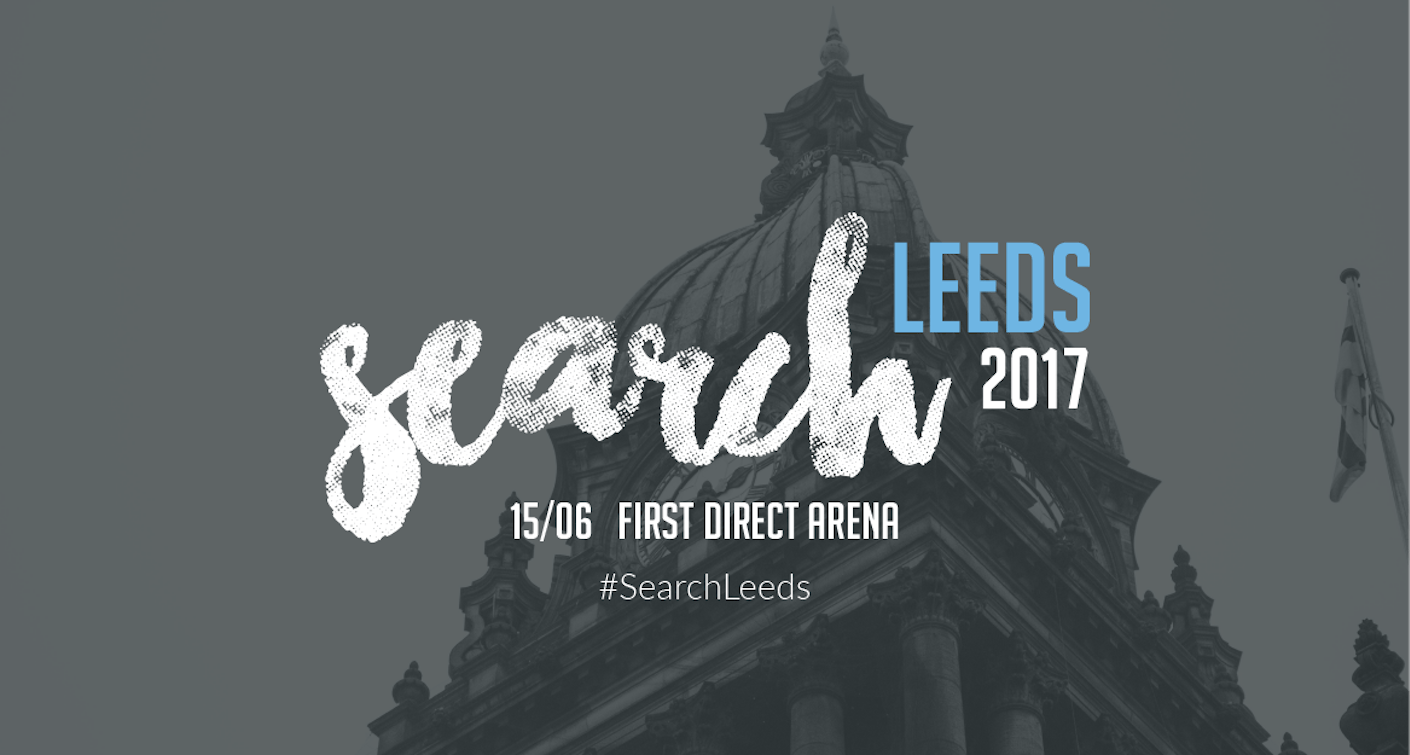Keynote by Paddy Moogan, Co-Founder at Aira
Paddy’s talk was something I was particularly looking forward to as I often consider the challenge of link building for SMEs greater than that for billion dollar companies. Whether I’m right or wrong, it’s undeniable that the relative lack of brand awareness for SMEs never works in their favour when it comes to outreach. Regardless, I waited eagerly amongst the SEO crowd at SearchLeeds’ Main Stage for Paddy’s talk.
Paddy kicked his talk off with the admission that everyone faces the same link building challenges. It’s always a toss-up between budgets, strategies and getting the actual ideas signed-off, both internally and externally. Paddy ultimately concluded that link building is f*cking hard (his words, not mine…).
And he’s completely right; link building campaigns are inherently risky and never come with the guarantee of actually successful link acquisition. Paddy continued, stating that even if they do work, they may not actually work.
This reveals arguably the most major hardship of link building. Even if your link building campaign gained traction and resulted in several linking root domain, the reality is that this still may not “move the needle” and increase search visibility. It was here where Paddy called upon a previous blog post from Tomas Vaitulevicius, entitled “The SEO Myth of Going Viral”, that discusses this very notion.
While link building budgets can vary, Paddy’s experience in promotion has taught him that having a bigger budget doesn’t necessarily mean you’ll achieve more links (unless you buy them, he joked). Paddy continued that having more budget does equal more time and resource, but even that can’t guarantee a “result”. This insight actually turned out to be the anchor point of Paddy’s talk, which I’ll touch upon again later.
Paddy’s slide deck then introduced the typical link building process for any SEO, in-house or agency. This is starting with ideation, moving on to design and build before concluding with the actual process with outreach. While mentioning several case studies from Aira that utilised this framework, there was again no correlation between link building success and budget.
To illustrate the point of link building success not being proportional to budget, Paddy called upon a particular story when a Digital PR of his briefed him an idea. While this idea wasn’t bad, Paddy recalled his grumpy attitude and while he was happy to sign it off, he mentioned to the Digital PR that “it won’t work, but you can try it anyway…”.
Despite the odds being stacked up against this campaign – not least because it was launched on a Friday at 2pm (a unanimous no, no for many Digital PR experts) – the concept ended up being a huge success. By 5 pm that Friday, a mere three hours after launch, the campaign already acquired a handful of top-tier links from many of the UK’s national newspaper. To this day, it remains to be one of Aira’s most successful campaigns. in terms of ROI anyway.
The talk continued with Paddy explaining that if you’re link building campaign hasn’t got a story then no one is going to care. Similarly, if it’s not adding any value or not executed very well, it’s not going to work either.
To avoid link building failure, Paddy Moogan shared these six key points:
- Limit the scope of execution
By this, Paddy meant how restrictions can help creativity. He spoke about “burst ideation sessions” his team often undertake where they’re tasked to share ideas in a quick amount of time. It’s this restriction of time that allows their creativity free, Paddy mentioned. He finished this point by asking the audience, “imagine if you don’t have development resource – how would you execute a link building campaign?” - Cheat sheet for execution
This point from Paddy communicated the need for stories to be carried on effective mediums. It essentially answers the question of not knowing how to visualise a story idea you may have as a search marketer. To help inspire your team, Paddy shared assets from David McCandless’s Information is Beautiful which is well worth checking out for inspiration. - Add some friendly stalking to your digital PR efforts
It was here that Paddy shared the interesting fact that there are 1,500 stories that could potentially appear in our Facebook’s newsfeed every time we log in. Paddy urged the audience to utilise insight by targeting journalists and writers with their content on Facebook so they naturally stumble across it. Facebook has powerful targeting capabilities that even enable you to target by job title, i.e. journalist - Think about content as mobile first
Mobile-first is a mentality that many digital experts are still trying to explore and that’s no exception for content marketing, either. To avoid this failure, Paddy recommended to the audience that we simply need to start designing content for mobile first before anything else. - Traditional, Digital PR
While the relationship between SEO and Digital PR has been established for several years now, Paddy recommended that this still needs to continue well into 2017. As SEOs, we need to continue leaning on the Digital PR methodology, establishing relationships with content curators and using news as the basis for stories. - Update old data sets
Similar to repurposing, if any of your content uses old data sets, you could update these to instil new life into your content. Paddy explained how this the strategy David McCandless employs on his “Based on a true, true story” content piece. This is a relatively low-resource task as it simply involved updating current frameworks that are already in place.
Before finishing his talk, Paddy again explained how the success of a link building campaign isn’t governed by budget, instead, it’s several other factors – like those explaining in the six key points above, for instance. It’s essentially down to the story and the medium; if these are executed properly then there’s no reason our content marketing efforts won’t be successful.



